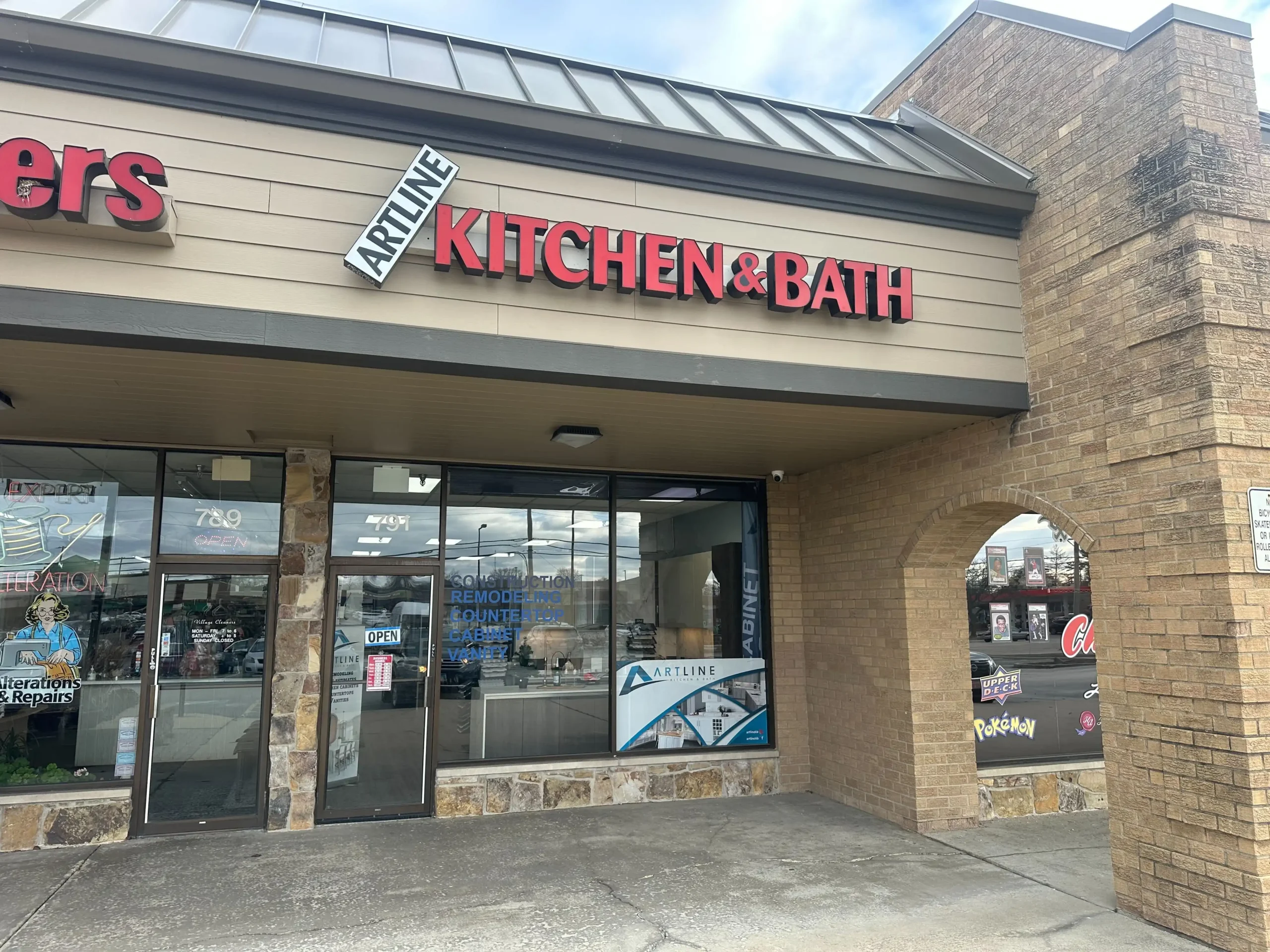Exclusive Offer: Save 20% on Custom Designs
FREE DESIGN CONSULTATION
Exclusive Offer: Save 20% on Custom Designs
FREE DESIGN CONSULTATION
A countertop is the functional and stylish centerpiece of the kitchens and bathrooms. It enhances daily convenience, durability, and the overall aesthetic of your space. The right countertop offers strength, easy maintenance, and long-lasting appeal while you're prepping meals in the kitchen or getting ready in the bathroom.
100% Satisfaction Guarantee
4.9 stars, customer approved
Free Design Consultation
Bring your vision to life
For Every Budget
Quality for every budget
Popular Countertops Stones
Find the perfect material to match your style and needs with options like granite, quartz, marble, porcelain, and dekton.
We offer a free design consultation that works around your available time. You can start with a short 30-minute video call with our expert designer to get initial ideas. Once you’re ready to start your ArtLine Project, you can book another in-depth consultation service.




Get In Touch
We’re here to help! Whether you have a question, feedback, or just want to say hi, feel free to reach out. Fill out the form, and we’ll get back to you as soon as possible.

Contact Us
791 S Buffalo Grove Rd, Buffalo Grove, IL 60089
